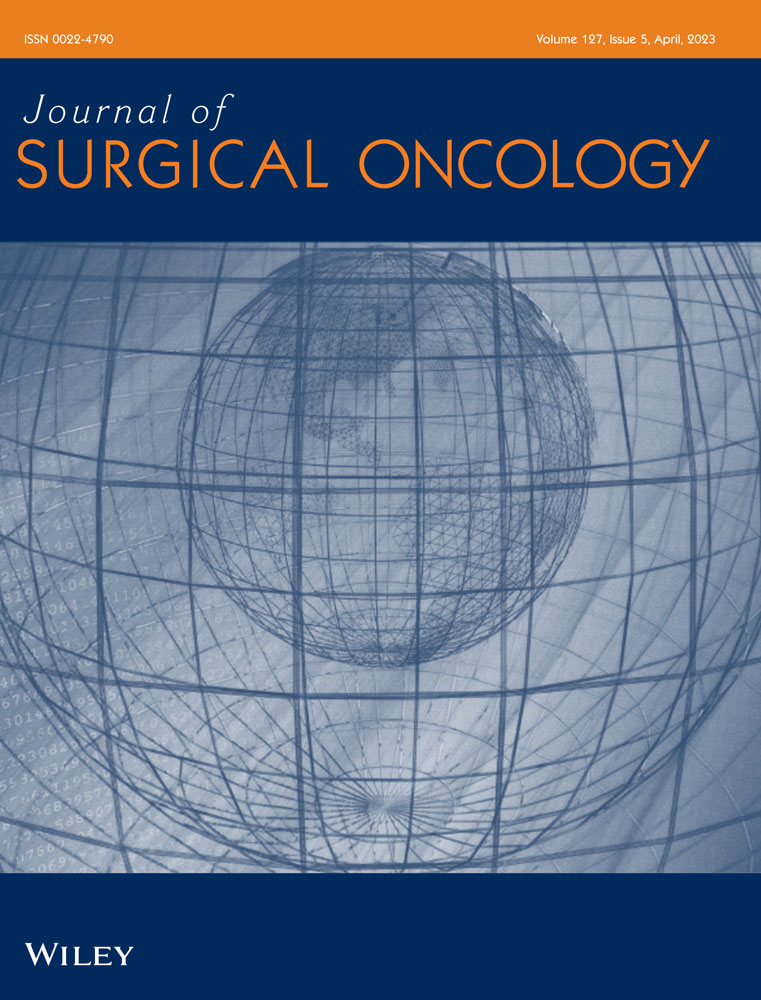Non-small cell lung cancer disparities in stage at presentation and treatment for Asian American, Native Hawaiian, and Pacific Islander women
Abstract
Background and Objectives
Asian Americans, Native Hawaiians, and Pacific Islanders (AANHPI) represent the fastest-growing group in the United States. While described in aggregate, great variations exist within the community. We aimed to determine whether there were differences in stage at presentation and treatment status among AANHPI women with non-small cell lung cancer (NSCLC).
Methods
Between 2004 and 2016, we identified 522 361 female patients with newly diagnosed NSCLC from the National Cancer Database. Multivariable logistic regression models were used to define adjusted odds ratios (aORs) of presenting with stage IV disease and not receiving treatment.
Results
AANHPI women were more likely to present with stage IV disease compared to White (54.32% vs. 40.28%, p < 0.001). Aside from Hawaiian, Pakistani, and Hmong women, all other ethnic groups had greater odds of presenting with stage IV disease than White women. AANHPI women <65 years were more likely to present with stage IV disease (p = 0.030). Only Vietnamese women showed a significant difference (aOR = 1.30 [1.06–1.58], p = 0.010) for likelihood of receiving treatment compared to White.
Conclusions
Differences in stage at presentation and treatment status in women with NSCLC were observed among AANHPI ethnic groups when populations were disaggregated.
CONFLICT OF INTEREST STATEMENT
The authors declare that the research was conducted in the absence of any commercial or financial relationships that could be construed as a potential conflict of interest.
Open Research
DATA AVAILABILITY STATEMENT
The data that support the findings of this study are available from the National Cancer Database Institutional Data Access. Restrictions apply to the availability of these data, which were used under license for this study. Data are available from the author(s) with the permission of the National Cancer Database Institutional Data Access. The authors had full data access and hold final responsibility for manuscript submission.




